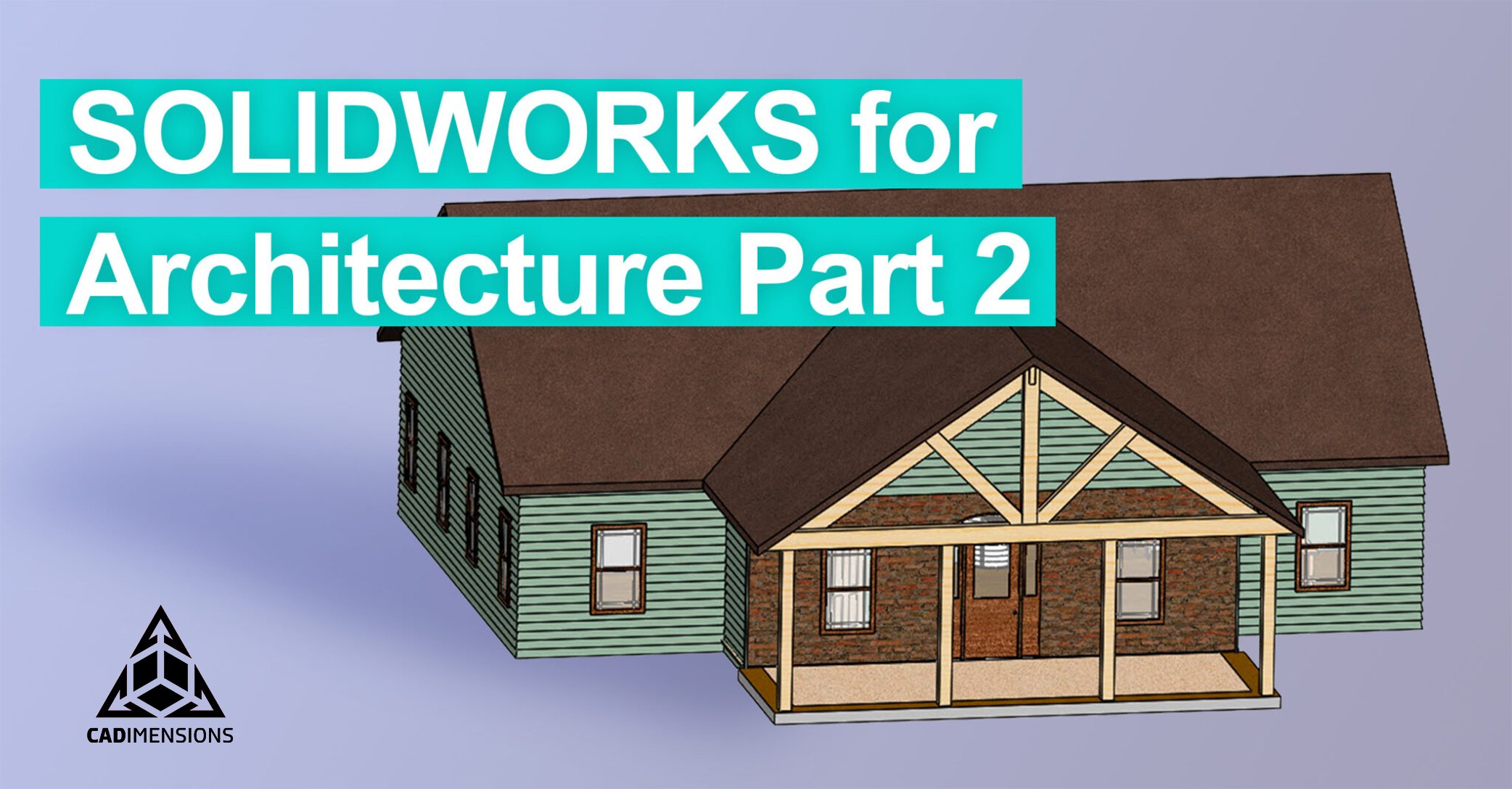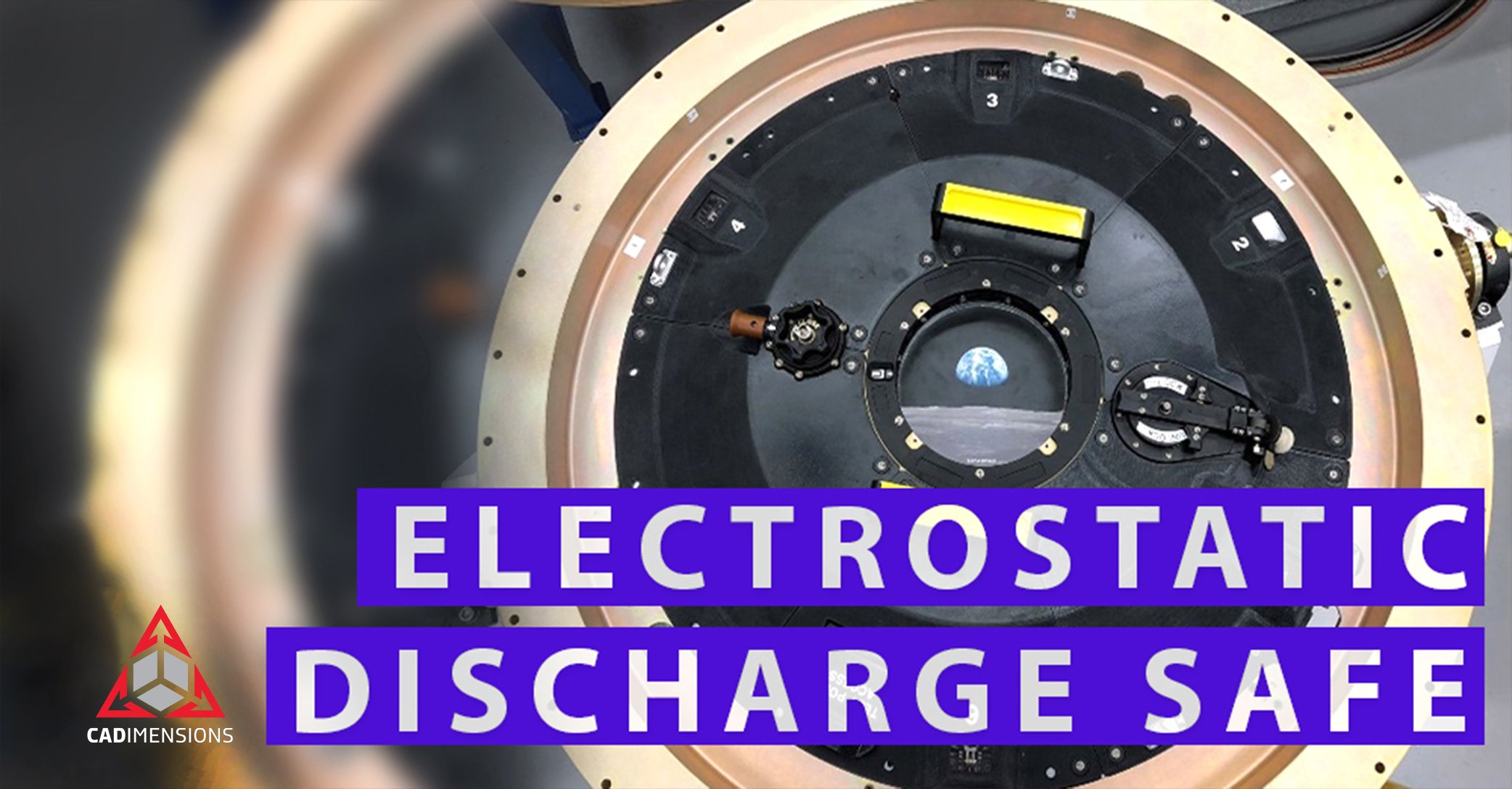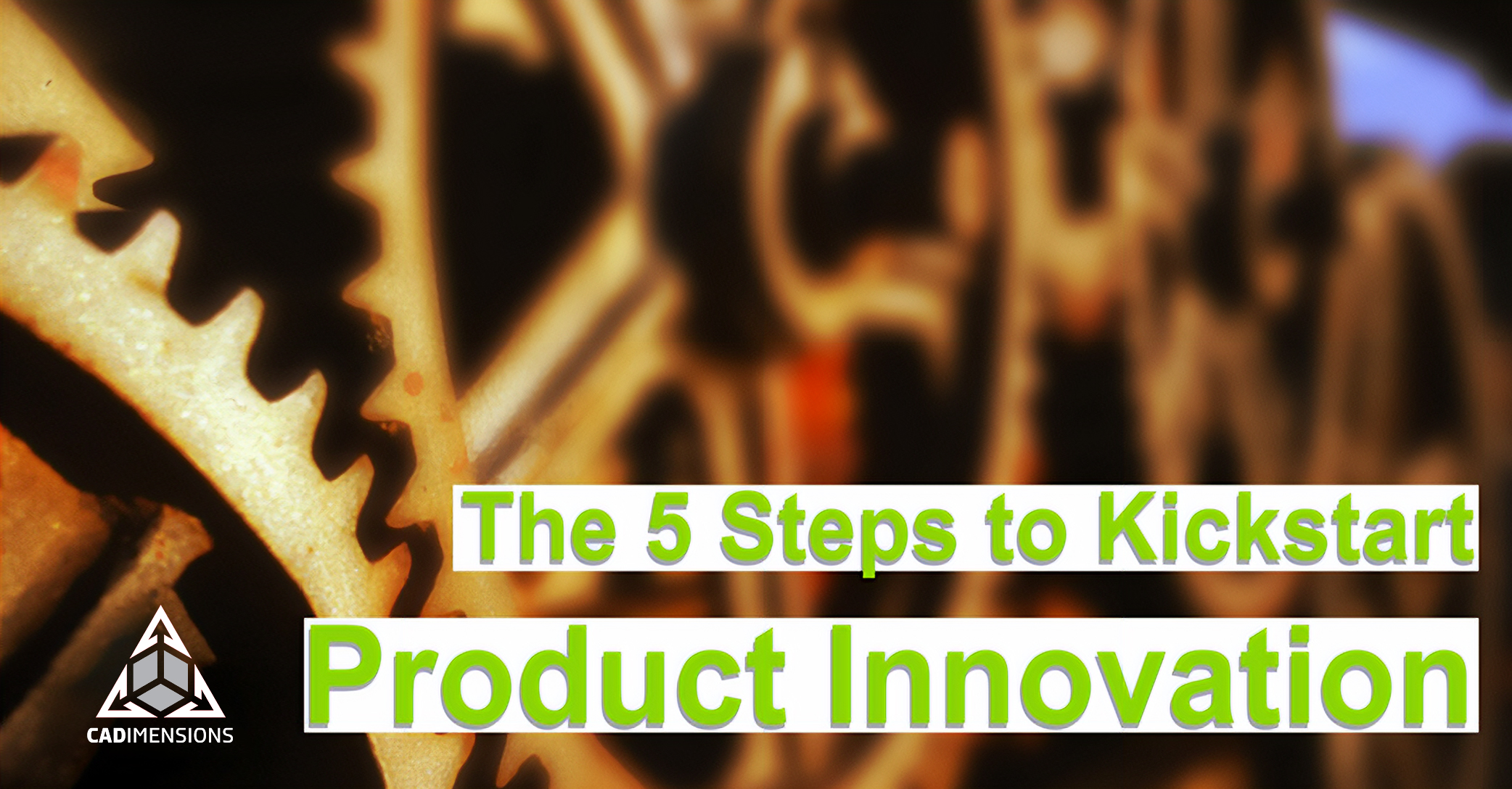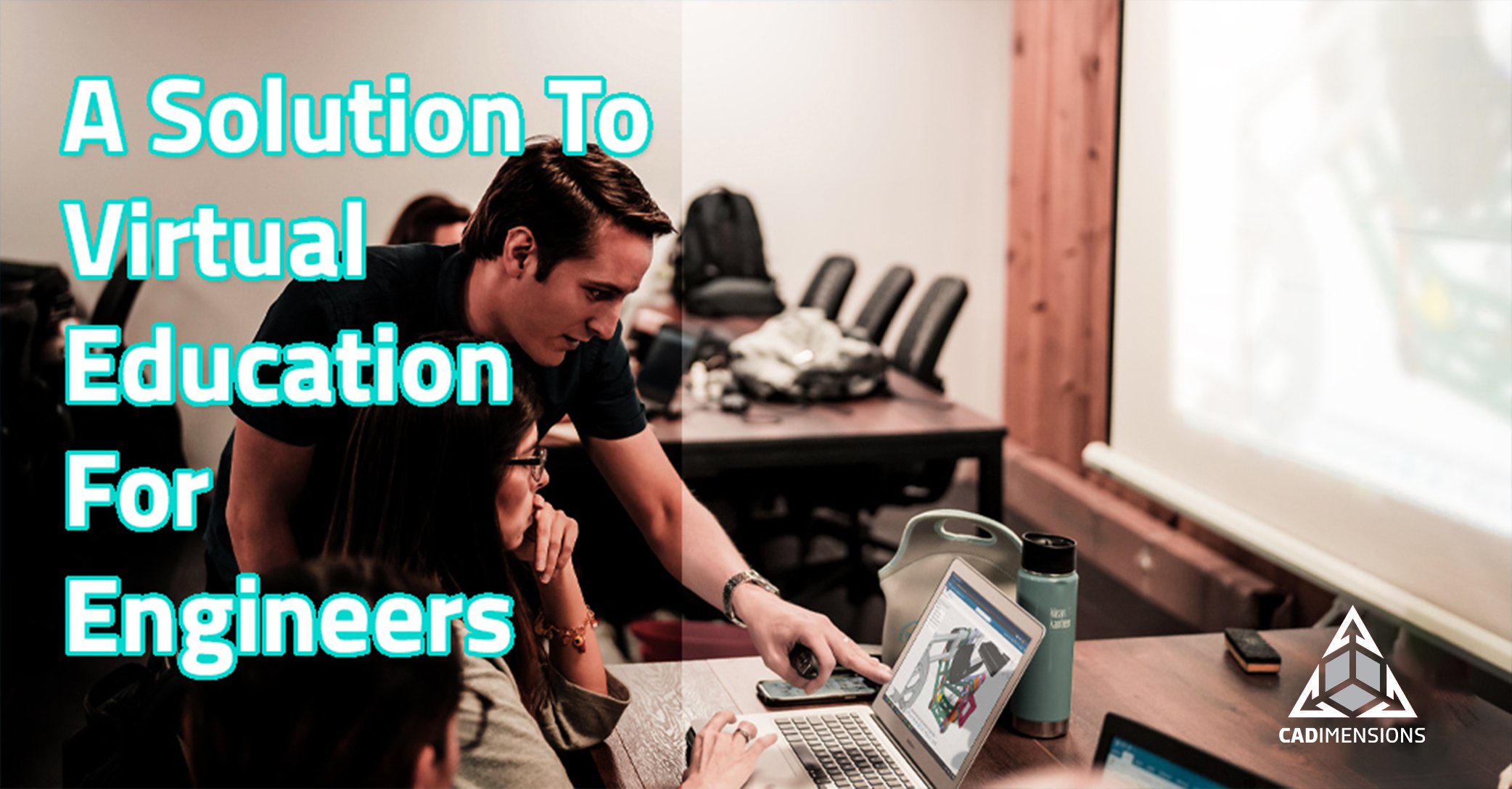Top Five Reasons To Prototype With PolyJet
Rapid prototyping is a game-changer for designers, engineers, and manufacturers. But prototyping using traditional means such as wood or metal takes months and a sizeable budget. Often designers skip this step and go directly from CAD to tooling to save, making it impossible to identify design flaws until manufacturing starts. This leads to expensive re-work and lost time, the time and money they hoped to save by skipping prototypes in the first place.
3D printed prototypes using PolyJet technology upends that inefficient status quo. PolyJet produces parts with realism and accuracy in thousands of color and material combinations, offering the best representation of the final product in less time, at less cost.
Ready for your next competitive edge? Here are the top five reasons to integrate PolyJet into your product development cycle.
1. Prototype more iterations (more often) without blowing timelines or budgets.
In-house 3D printing lets design teams produce high-quality, vivid prototypes with moving parts at a low cost compared to CNC machining or outsourcing. With PolyJet, teams can iterate using prototypes on projects where it wasn’t feasible before.
With our Stratasys J750, we 3D printed the entire working prototype in one go with all the color specifications our customers required, while reducing the production time by 40%.”
Nacho Sandoval, AIJU
2. Better collaboration means improved design cycles.
Realistic, working prototypes that teams can see and touch bridge the gap between CAD designs and the final product. Designers and engineers use these prototypes to better communicate the look, feel and function to manufacturing at an earlier stage in development.
The Stratasys J750 truly amazes everyone on the team, and boosts energy for designers to keep thinking out of the box for more and better ideas.”
Kim Young-se, Innodesign
3. Gain insight into potential design flaws.
More prototyping means more opportunities to evaluate whether or not a product works as intended. True-to-life prototypes let designers catch potential flaws before suffering the high cost of re-tooling and rework, reducing some of the risks of introducing a new product.
We’ve seen the number of project delays drastically reduced thanks to our eight-hour print time.”
Kenny Krotzer, Brooks Running
4. Improve customer satisfaction.
Designers using 3D printing can quickly produce realistic prototypes for internal decision-makers and external clients. The ability to touch a real-world concept and test functionality let all partners make better product decisions.
Now our customers can make instant decisions about the ergonomics of a product about the touch and feel, as well as test how it fits into its environment.”
Tamar Fleisher, Synergy
5. Seeing is believing.
Design is both an art and a science that starts with imagination. 3D printing transforms something imagined into something that can be seen and touched. Prototypes help sell new concepts, so the more realistic the prototype, the better.
You can show someone something on paper all day long, but when you give them a real part they can touch, they really get excited.”
Shawn Greene, Fe
















